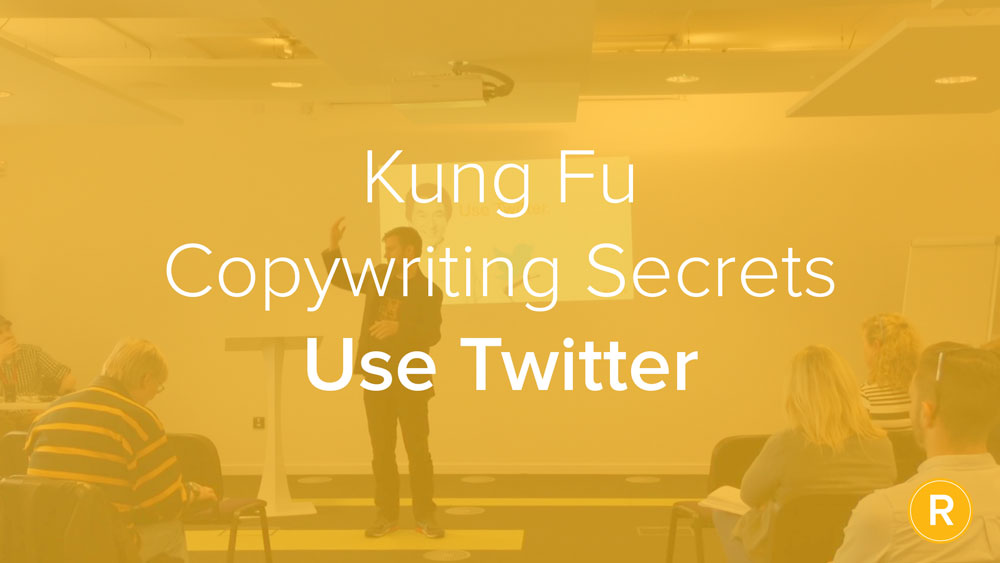If you keep your customers updated by email, there are two reasons you should NOT call that email a “newsletter”.
The first is very straightforward: the word “newsletter” in an email’s subject line statistically harms the chances that the reader will open it (and makes them more likely to unsubscribe).
Don’t believe me? Adestra analyse billions of marketing email subject lines every year, and do a report about it. (The results vary from year to year, and these ones are a bit less conclusive than the findings I reference in the presentation, but still: call it a bulletin instead, and the numbers go up.)
But – probably more importantly – calling it a “newsletter” often reflects an inward-facing attitude to the communication. It’s driven by a schedule, not whether you have anything important to say – which means there’s a temptation to fill it with boring parish news your reader doesn’t care about. How engaged with your brand do you really think they are?!
This presentation explains the whole thing pretty clearly, I think.
Here’s what the presentation said:
If in doubt, in your marketing, don’t ever use the word “newsletter”. It’s not good for you and it’s not good for your reader. There are two reasons – one from each perspective.
But first…
Do you get email newsletters through, and they come from a certain person or organisation, and you never actually read them? You either delete them or you go, “I’m going to look at that later,” and you let it filter down to the bottom of the inbox out of sight and you never see it again.
But you never actually go and unsubscribe from that mailing list. It always turns up, and you just know that when the mailing list arrives from that person, that organisation you’re never actually going to read it because, “Oh, it’s from them.”
Right?
That’s called “emotionally unsubscribing”.
I like that.
But anyway… back to the two things.
Number one: studies. Year after year there’s a company called Adestra do a study of a billion marketing emails at a time, and they look at the open rates in those emails — who clicked on them and who didn’t.
And statistically, year after year, if the subject line of your email contains the word “newsletter”, it is less likely to get opened (by a couple of percent or whatever, but it is statistically less likely to get opened) than an email that doesn’t have the word newsletter in the subject heading.
Then again there are other ways to say it. You could have a briefing, or an update, or a bulletin, or… go and get a thesaurus, knock yourself out.
The second thing is: a newsletter is about you, and it shows how you think of it. Because what is a newsletter if it is not kind of a roundup of stuff that wasn’t interesting enough to tell people about on its own?
It’s all the odds and ends, and you scoop it all up and you kind of put it into a thing, and it’s driven by the fact that you’ve got to get it out every month, every week, every quarter or whatever it is. It’s driven by a schedule. It’s not driven by your need to actually communicate something of value to the person that you want to talk to.
With the best will in the world – and there are some brands in the world that I totally love, I’m a complete fanboy for some brands – there is still no company in the world where I give a toss if their accounts team cycled from John o’ Groats to Land’s End or some of their sales people passed some exams. I just don’t care.
It’s either useful enough to tell someone or isn’t.
Which isn’t to say you shouldn’t ever group stories and things of interest together and send them out.
We did that recently, but it wasn’t a newsletter. We just had three or four things of interest that we’d written lately, bits and pieces that people may genuinely find of interest, and we put them all together because they’re all thematically linked, and that’s fine. And you can do that on a regular basis.
But if you think of it as a newsletter you’re being driven by the newsletter not by what you’re communicating, I think. You’re very welcome to disagree.
Want more copywriting tips?
Check out the next video, and find out why things grouped in threes will help your copy.
(Or watch the full Kung Fu Copywriting playlist here.)


